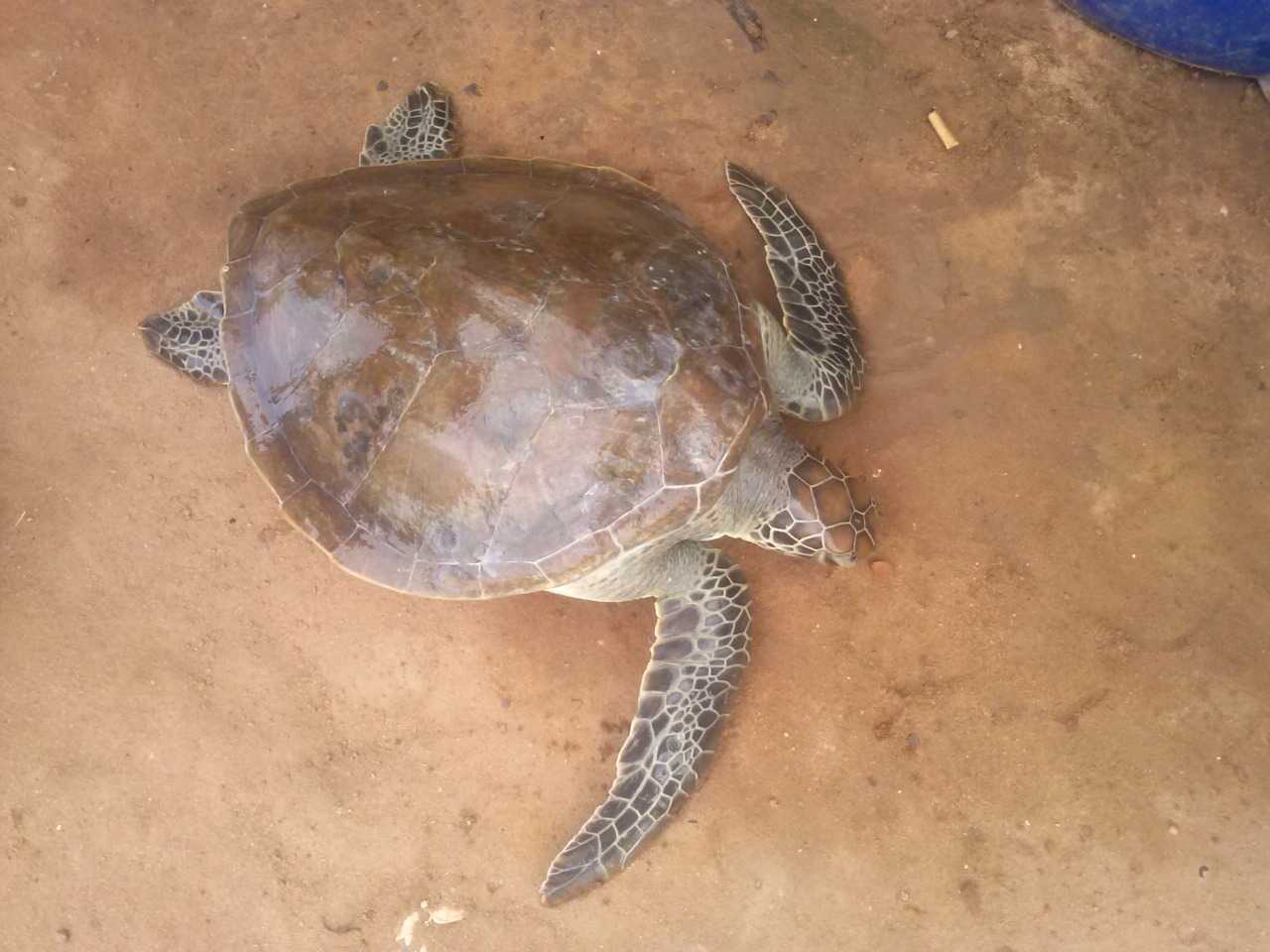Pinned Items
Recent Activities
-
#kcar
The more knowledge you get the more you can communicate.
A training by the Bloggers Associations of Kenya in collaboration with the Ministry of Environment and Forestry on how we can use blogs to address the climate change as a result of human activities. Are you sensitive to the environment? Are you doing the right thing to conserve the environment? Blogging can be a way we can use to communicate to so many people on how to address climate change and environmental issues.Post is under moderationStream item published successfully. Item will now be visible on your stream. -
#kcar
There has been rapid increase of marine debris particularly plastics in the marine environment and it is now a major concern globally. Marine debris has significant environmental, health and economic impacts in marine systems. Monitoring the accumulation of stranded debris provides an index of debris trends in adjacent waters and is also crucial to assess the efficacy of measures that can be implemented to reduce the abundance of marine debris. Plastic pollution has been and is still a threat to sea turtles therefore proper management of plastics is one way of conserving our sea turtles. Kenya Conservation of Aquatic Resources is also involved in management of marine debris along the Kenyan Coast through beach cleanups activities and engaging coastal communities in 3-R principles.#kcarPost is under moderationStream item published successfully. Item will now be visible on your stream. -
#kcar
Sea turtle species are classified as threatened or endangered due to human actions and lifestyles.
The biggest threats include:
• Entanglement in fishing gear
• Consumption and illegal trade of eggs, meat, and shells
• Coastal development
• Plastic and other marine debris
• Global warming
• Ocean pollution
All these issues have resulted into the decline of sea turtles and have motivated worldwide conservation efforts which includes various beach protection measures and strict fisheries by-catch regulations.
Kenyan law (Kenya Wildlife cap 376) and Fisheries Act Cap 378 prohibits hunting, removing, holding, moving or trafficking sea turtles and their products dead or alive, however enforcement of these laws are not widespread enough for effective conservation.
There is no legislation protecting their foraging and nesting habitats except for those falling within Marine Protected Areas (MPAs)
Therefore, Kenya Conservation of aquatic Resources is one of the organizations in Kenya which is involved in the Conservation of the sea turtles involving the local community participation in nest monitoring and successful relocation of nests found below the tidal mark and moving them to higher ground. At least 60 successful incubations in 5 locations hatchings consisting of 4,140 hatch-lings crawling to sea to begin their long journey to maturity are witnessed each year. We do this conservation activities with energy and passion knowing that its just part of a long journey which requires team work with stakeholders and the community.
#kcarPost is under moderationStream item published successfully. Item will now be visible on your stream. -
Post is under moderationStream item published successfully. Item will now be visible on your stream.
No posts yet










